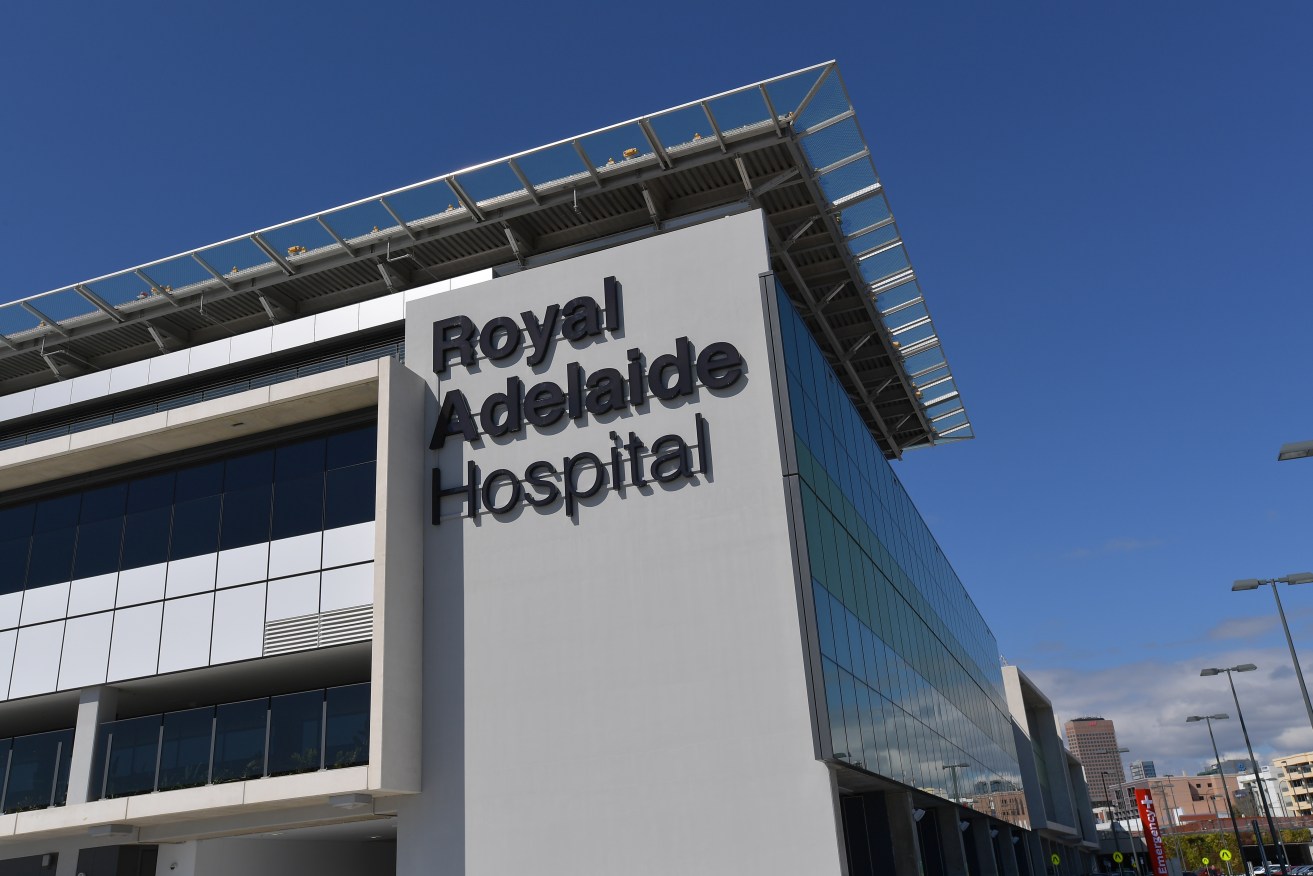A time of high risk for SA’s health system
The alarm issued by South Australian emergency department doctors this week underscores concerns of doctors across the system, writes AMA (SA) president William Tam.

The Royal Adelaide Hospital. Photo: David Mariuz / AAP
Describing the system as “in crisis”, the Australasian College for Emergency Medicine called out acute care bed shortages, emergency department overcrowding and ambulance ramping as “out of control,” putting staff and patients at risk.
Doctors are calling for system-wide solutions including increased inpatient resources and improved clinical input into hospital management.
ED doctors’ warning comes just days after the AMA issued its National Public Hospitals Report Card which includes the following data for SA:
- In 2016-17, only 52 per cent of urgent emergency presentations were seen within the recommended 30 minutes – a disappointing result and a sharp drop from around 70 per cent achieved in 2011-12.
- The percentage of emergency department visits completed in four hours or less also declined in 2016-17 to 64 per cent – down from 66 per cent in 2015-16. (This is a National Health Agreement Performance Indicator that is considered indicative of whether ‘Australians receive appropriate high quality and affordable hospital and hospital related care’)
- South Australia also dropped its performance on the proportion of Category 2 elective surgery patients admitted within 90 days. It dropped from 88.4 per cent in 2015-16 to 87.5 per cent in 2016-17.
- The downward trend in the SA performance measure mirrors the downward trend in WA – a result at odds with the remaining six states and territories.
- The 12.5 per cent of Category 2 elective surgery patients not seen on time in SA public hospitals waited, on average, another 32.9 days to be admitted.
There are also problems nationally. Federal AMA president Dr Michael Gannon has described the current Council of Australian Governments agreement as “a funding formula for failure”. At least part of our woes in SA stem from the hasty and problematic Transforming Health reform process that was born as a response to federal health funding cuts.
Neither federal nor state funding has kept pace with demand, leaving hospitals struggling. But in South Australia our system has been grappling with the major upheavals of closing and replacing a major tertiary hospital, the wide-ranging cuts and reconfigurations under Transforming Health reforms, and the introduction of a new statewide electronic health record system.
We can’t delegate any worsening outcome to a single factor. Health is a system and all parts have a role to play. At the moment though, we are grappling with a time of significant risk and challenge.
Whichever party forms government after the election will need to revitalize the SA health system, and build up the faith and optimism among the health community, so that we can focus on what we do best – looking after patients. Doctors and nurses are working very hard and continuing to deliver great care to patients. But the system isn’t properly supporting them to do that.
The AMA(SA) has made its policy prescriptions for a healthier health system for SA. Our People First Health Strategy for SA: Election Priorities 2018, includes a range of measures that will help us get the right reforms, the right services, the right care for our community. These include better clinical input into decision-making, including a new Clinical Senate; an independent clinical data analytics unit for sound facts to inform policy; stepping up rural and regional health care; and a range of other measures.
The national AMA report card also highlights the problem of the ‘hidden’ waiting lists – the wait after referral to get a public hospital outpatient appointment. In SA we have heard frightening figures about waits of years’ duration just for an initial appointment. The AMA(SA) has for years been calling for outpatient waiting lists to be published online so that doctors and patients know how the system is performing and can refer and make decisions about their health care and insurance cover accordingly.
This would also provide more accountability from government and health services. Better data would inform better decisions.
In fact, we have been calling for this so long that the first positive undertaking we had on it was from former health minister John Hill. Now Labor says they will do it but it will take time and the Liberal Party has only gone so far as to commit to quarterly, not real-time data. Both parties can do much better. The AMA(SA) calls for a proper online system, designed with clinicians, as a top priority post-election.
This is just one step, and it is understandable that government does not want to be constantly dragged into headlines with a rolling tally of failure. But we cannot fix a problem we do not know the scope of, and too many health decisions have been made in recent years on too little information.
This is bad for governments, bad for doctors and, worst of all, bad for patients. We all want to do better. Knowledge is power: let’s harness it for some truly positive and lasting change.
Associate Professor William Tam is a gastroenterologist and president of the Australian Medical Association (SA).




